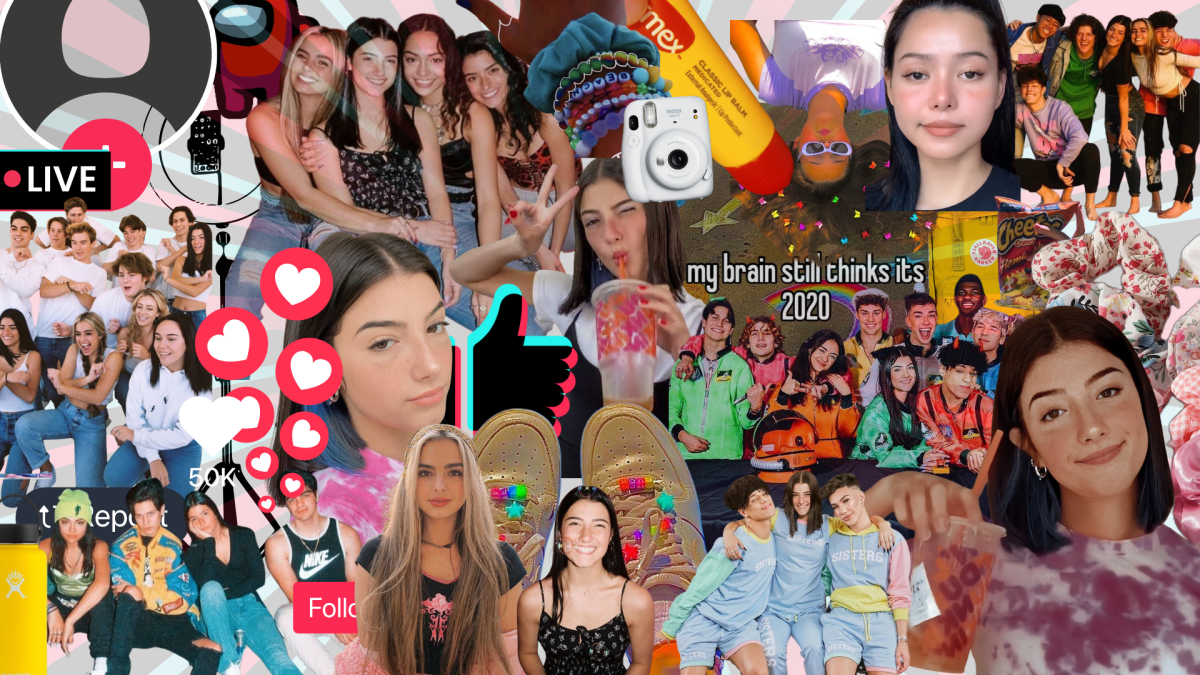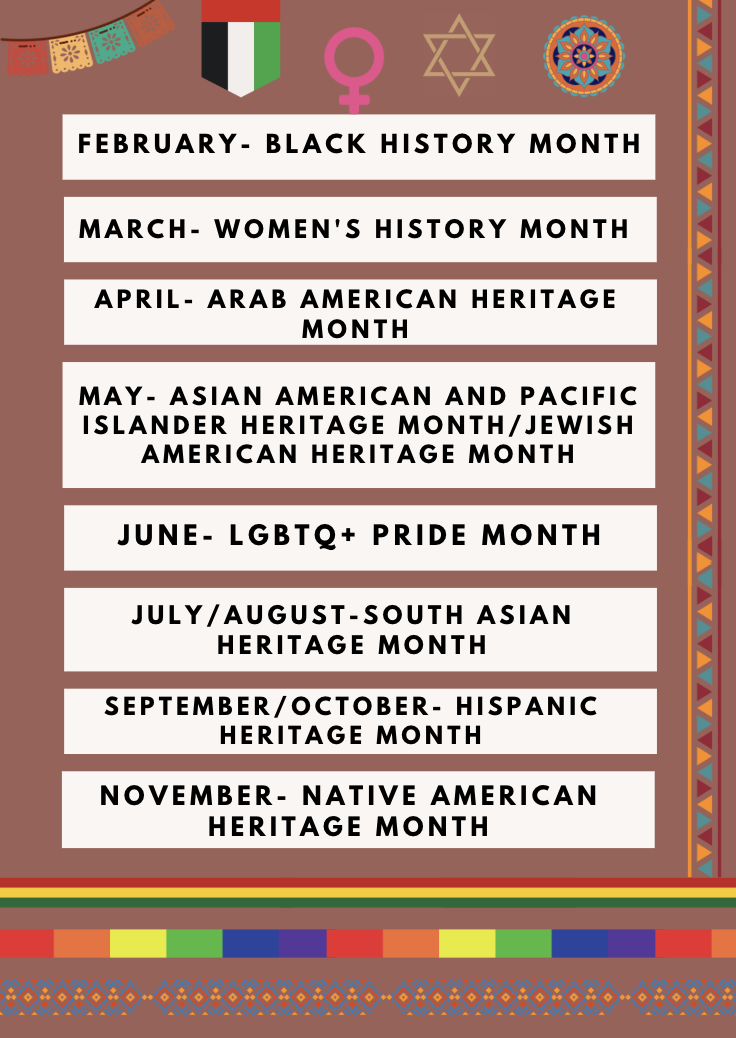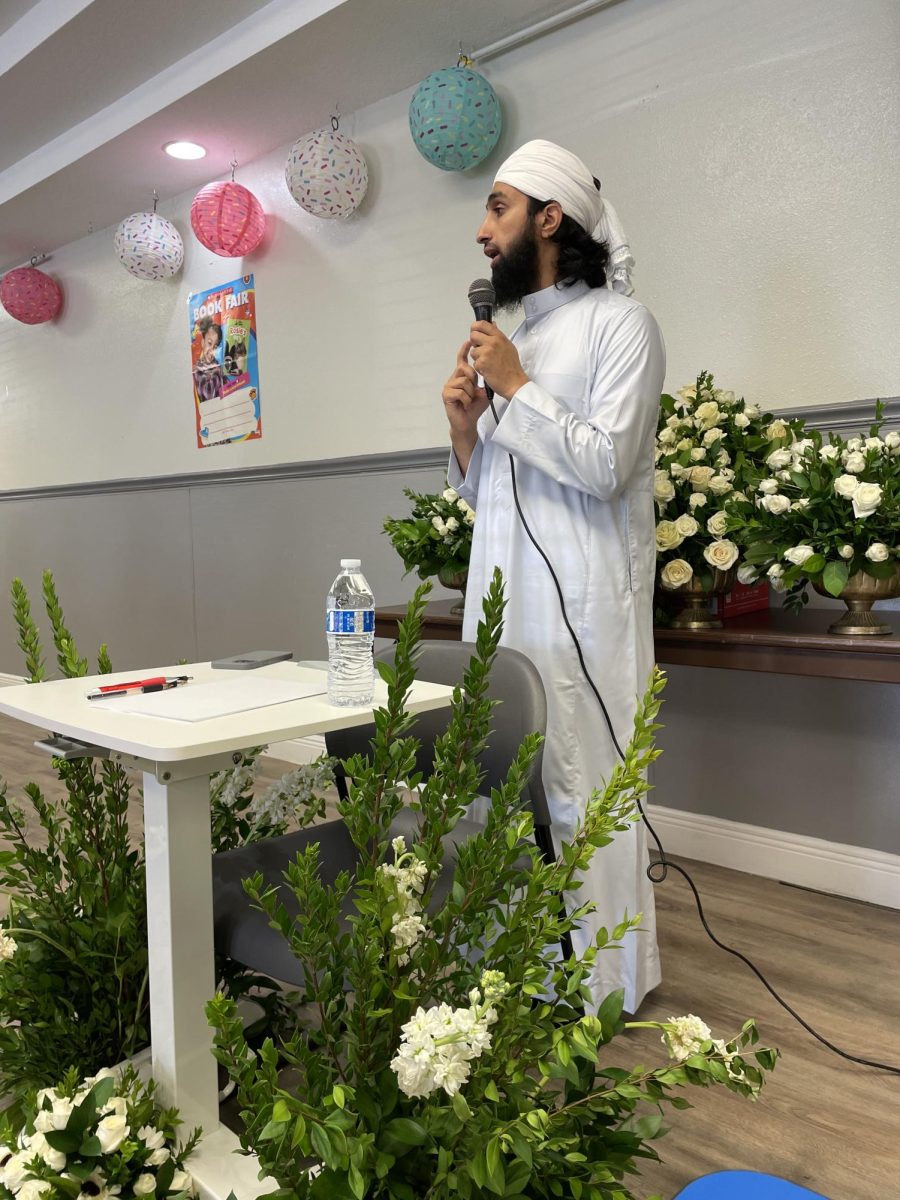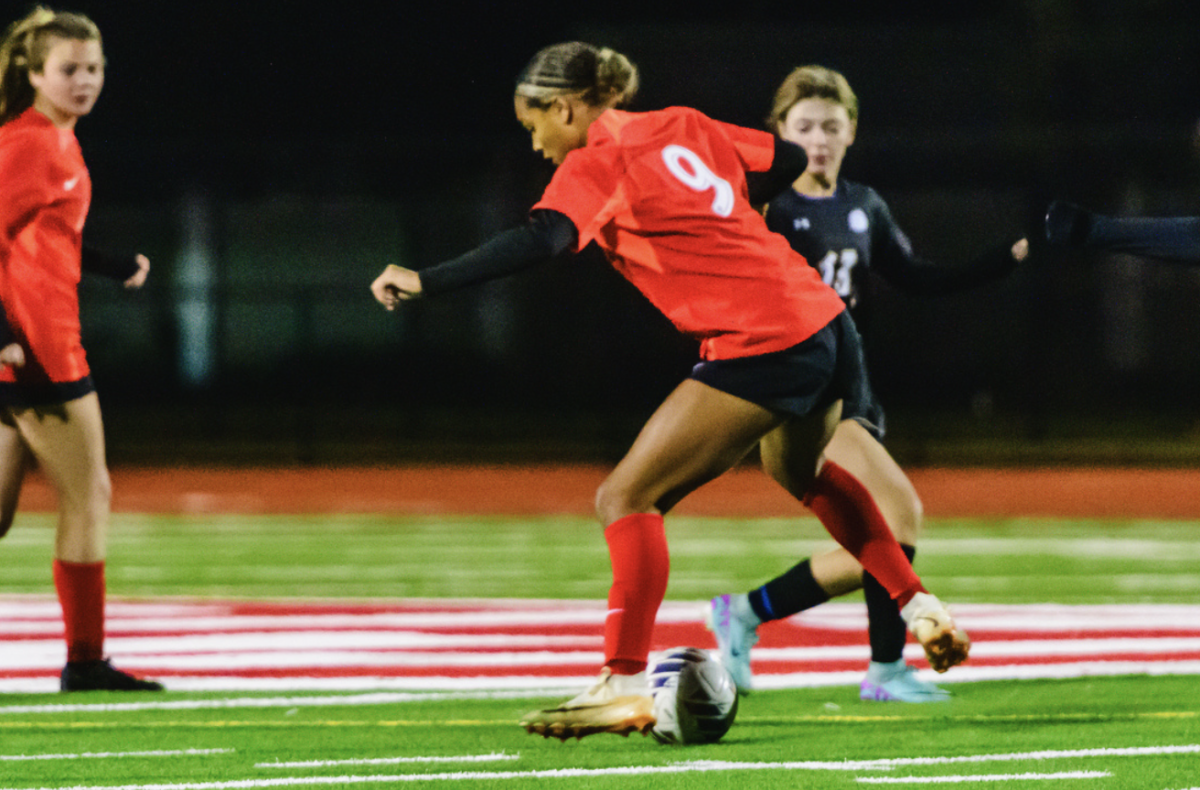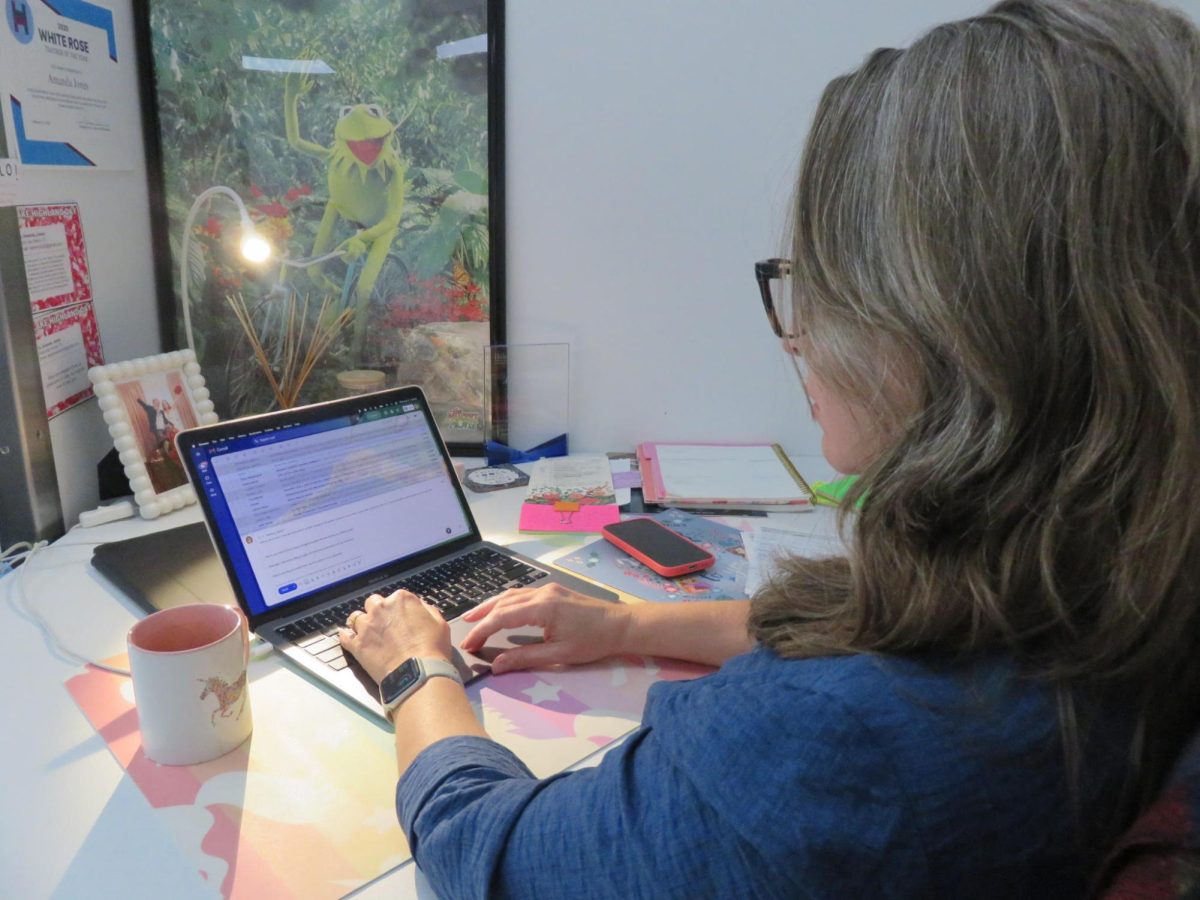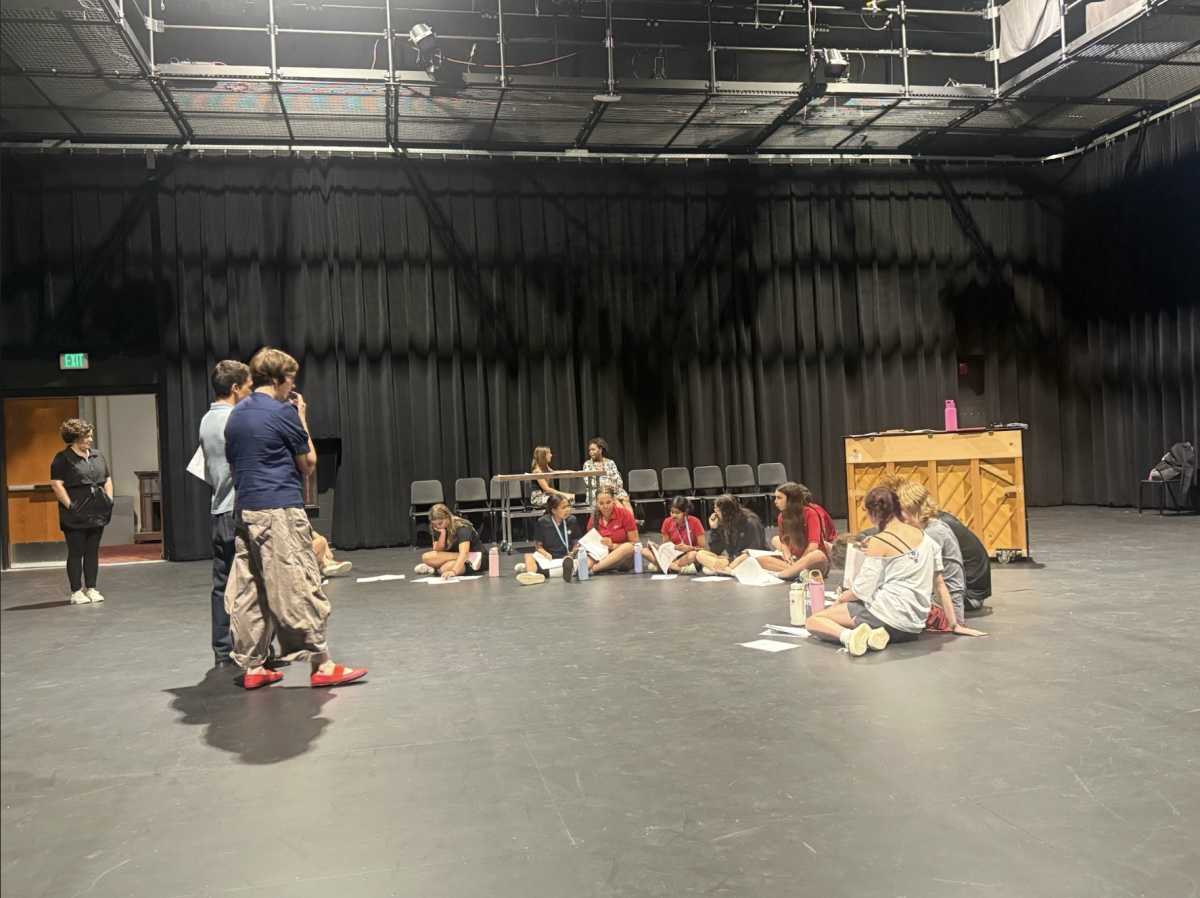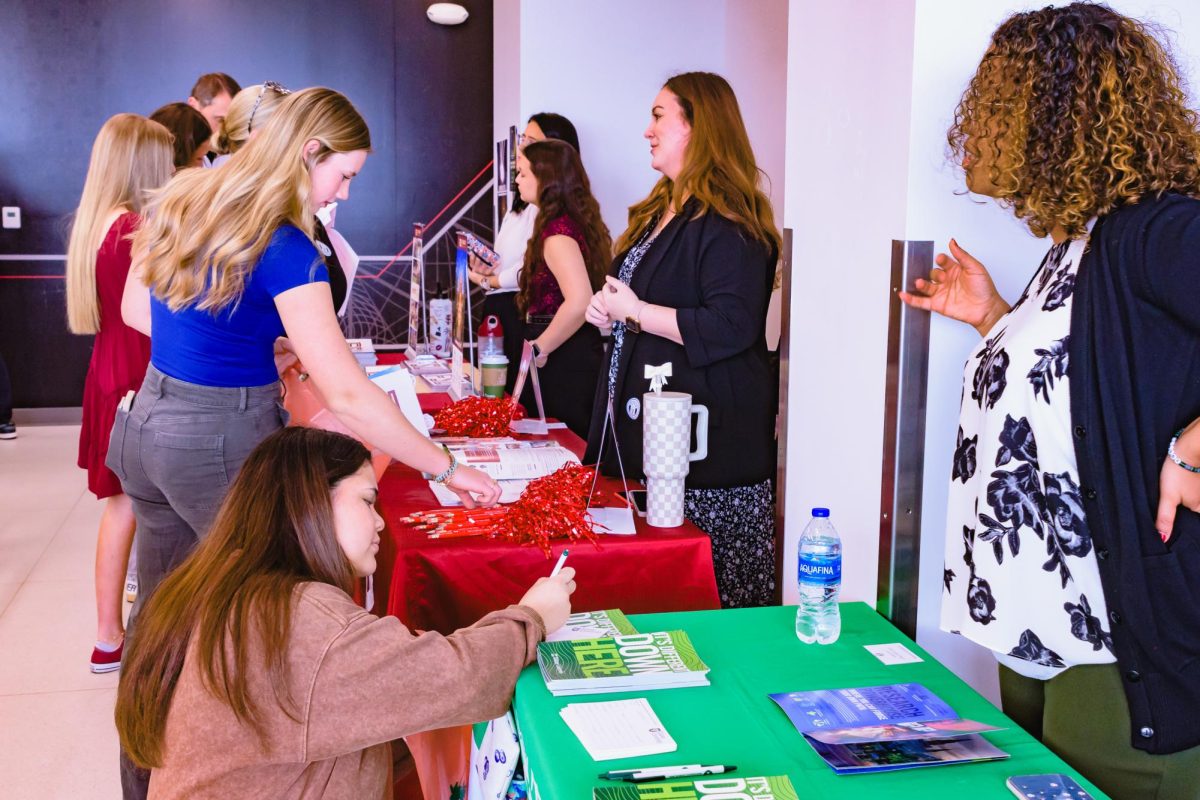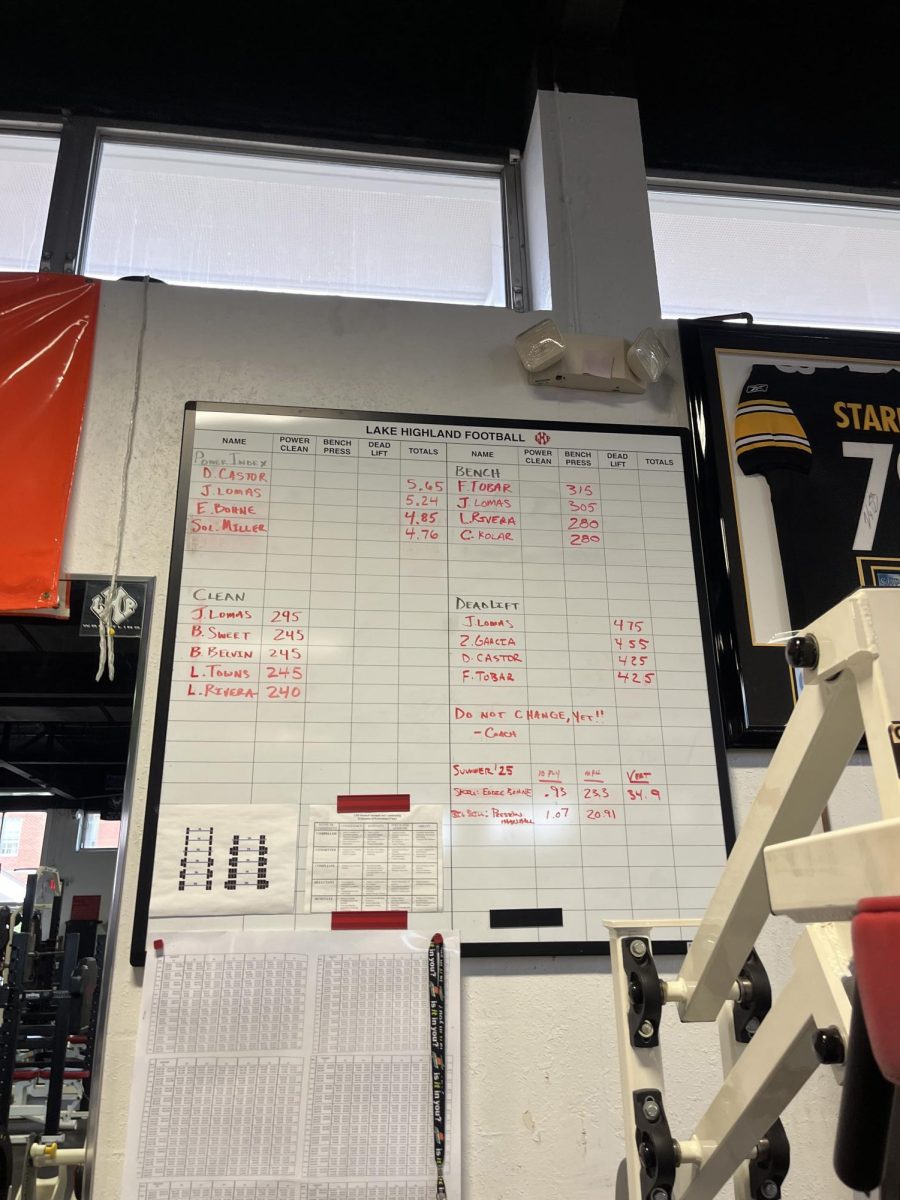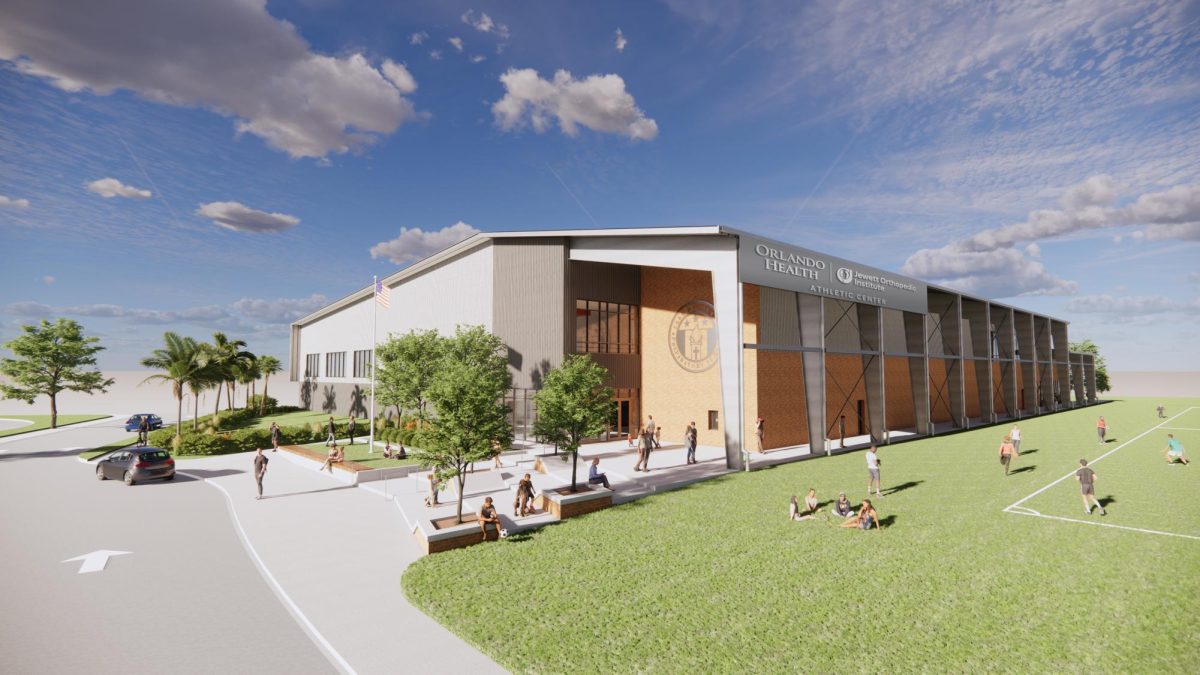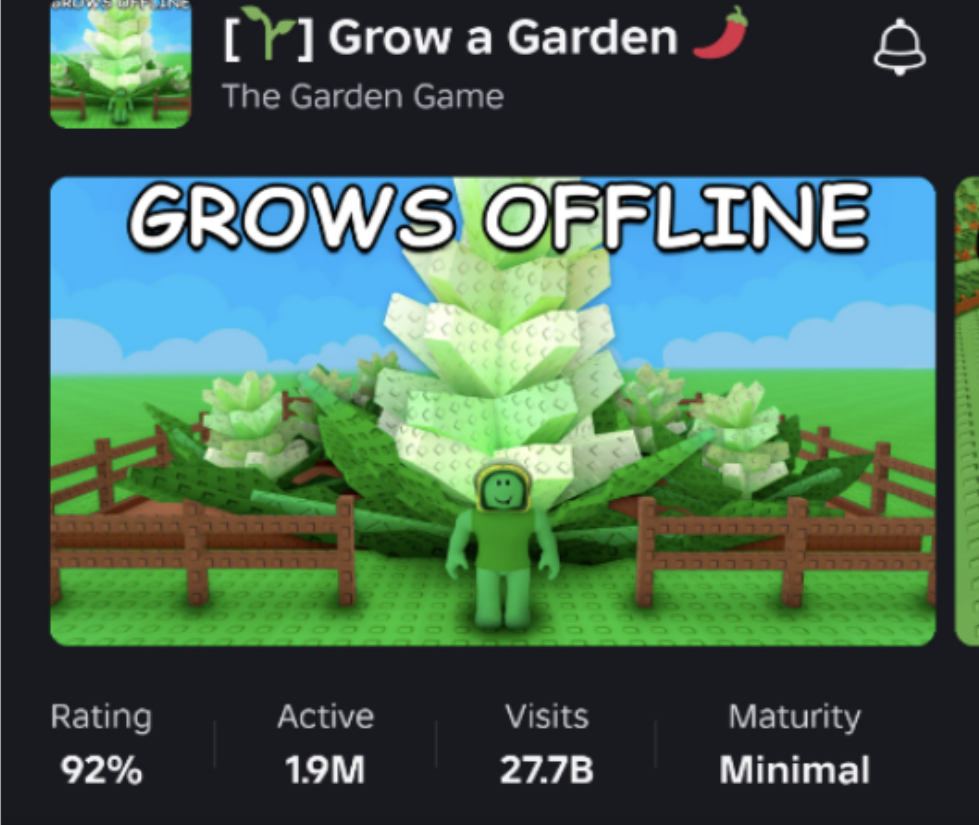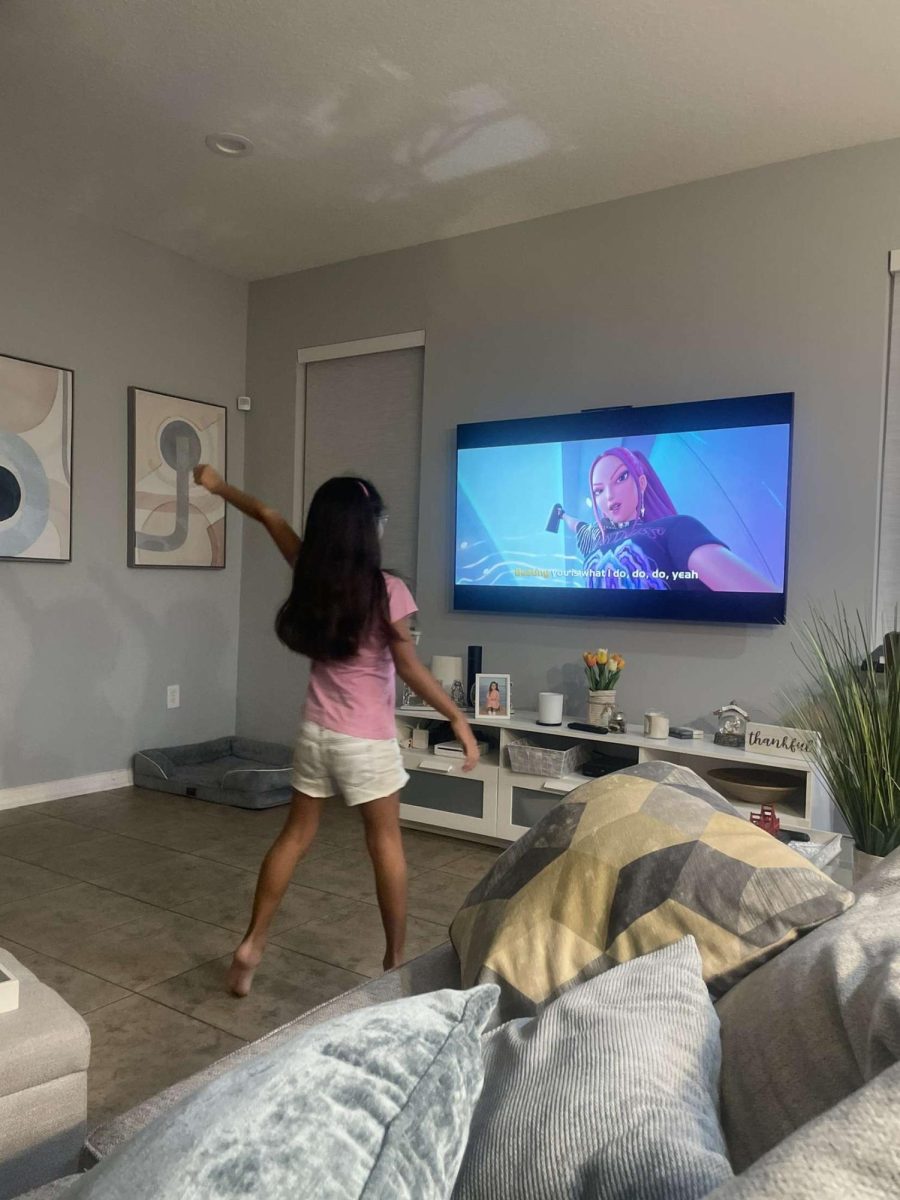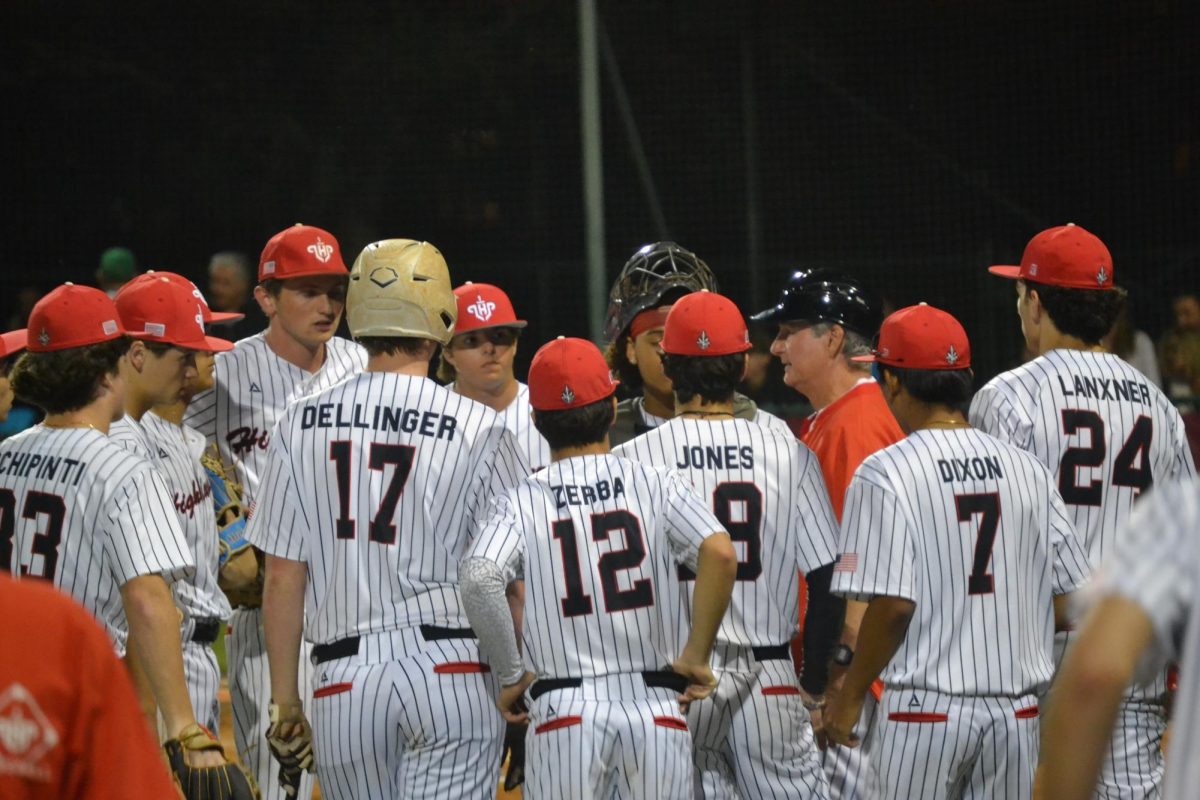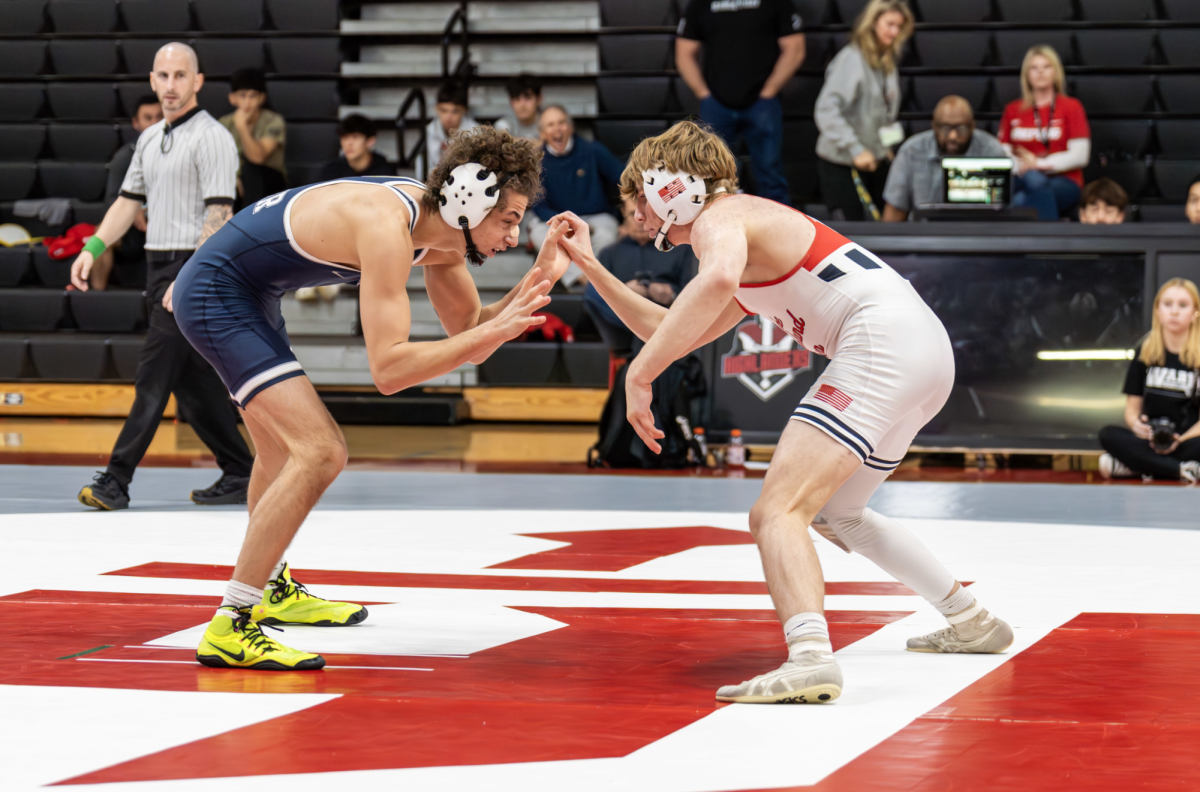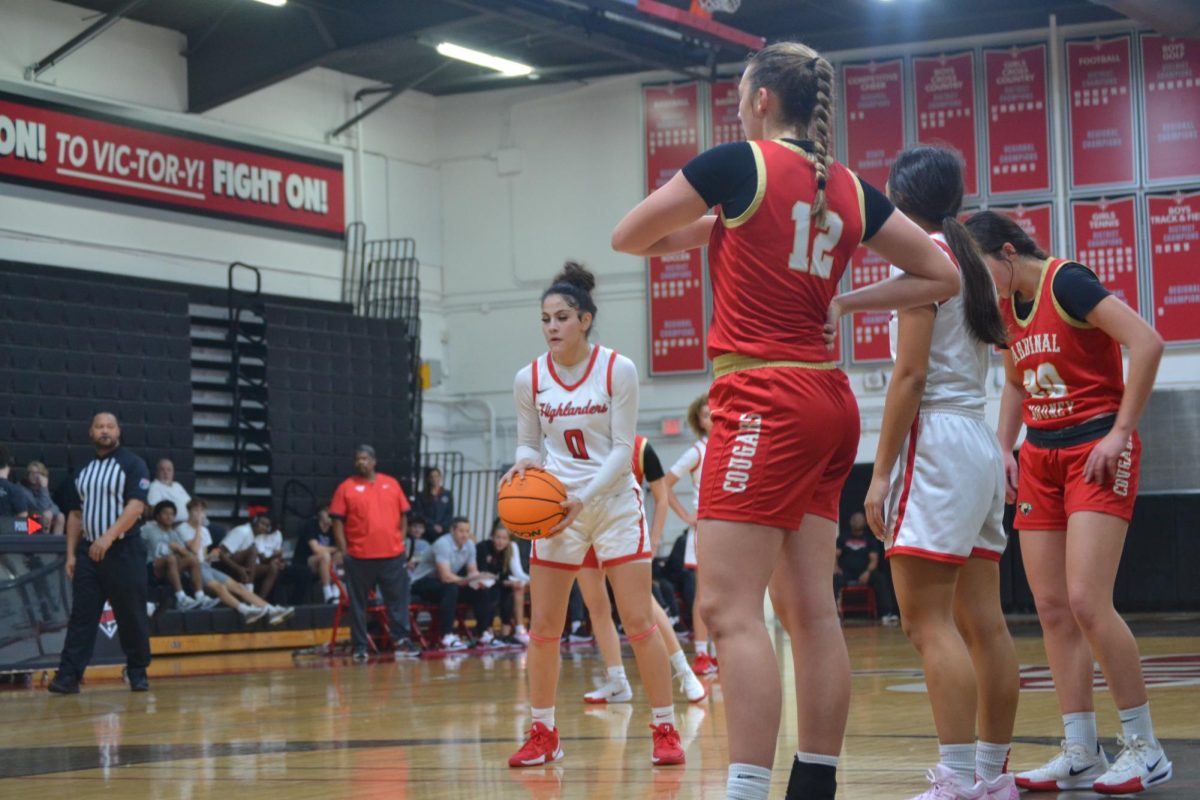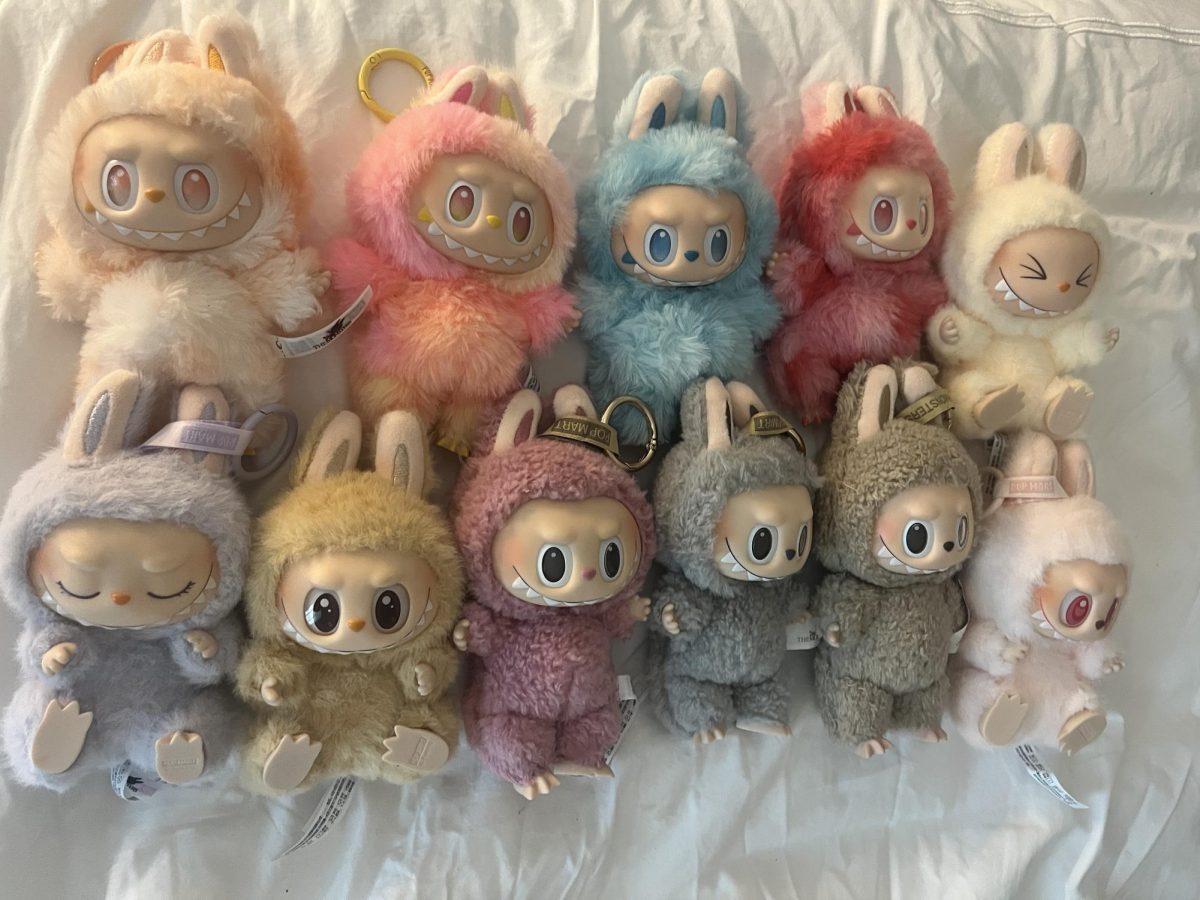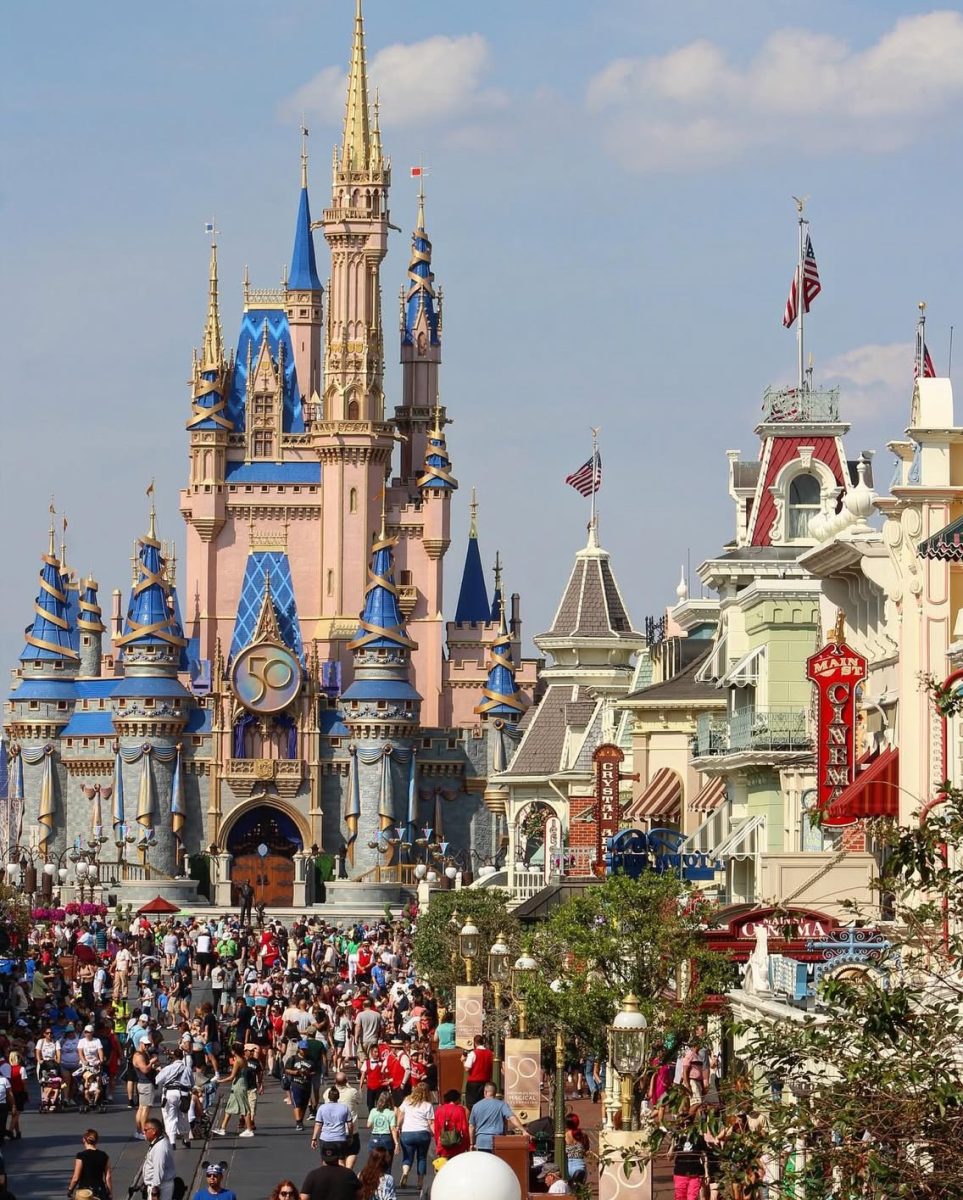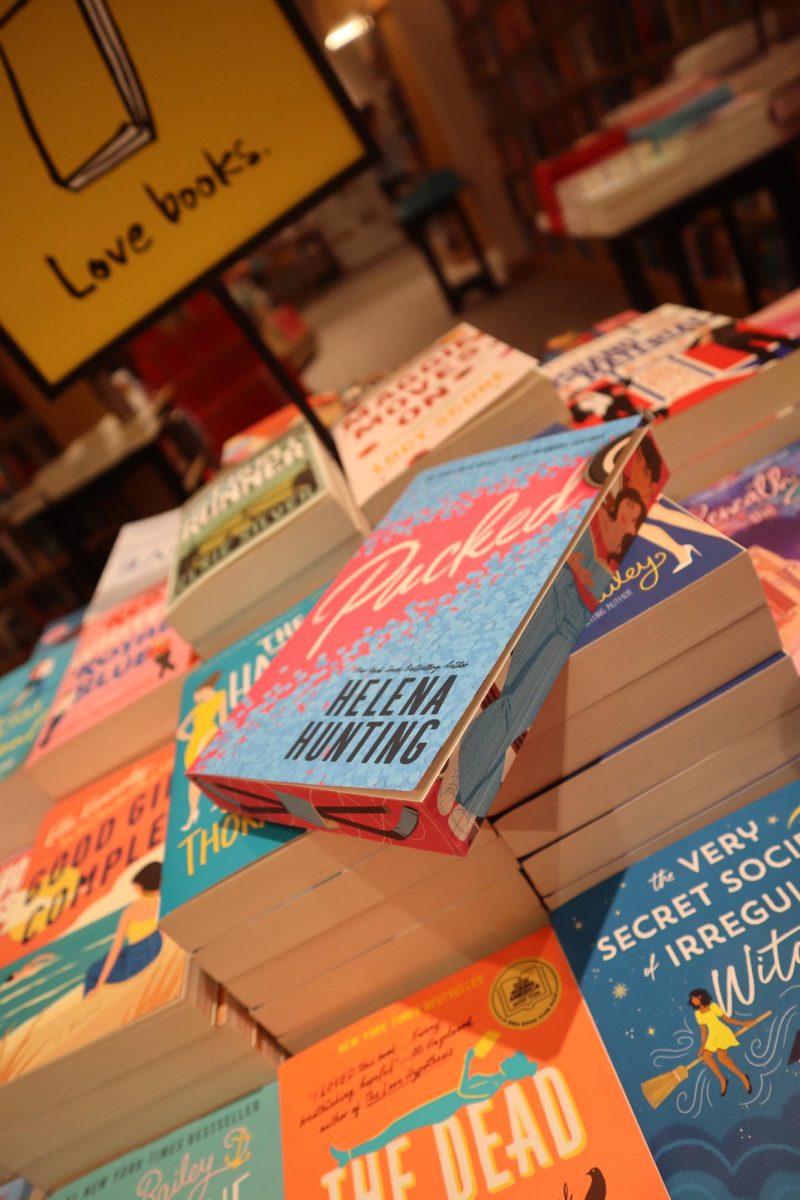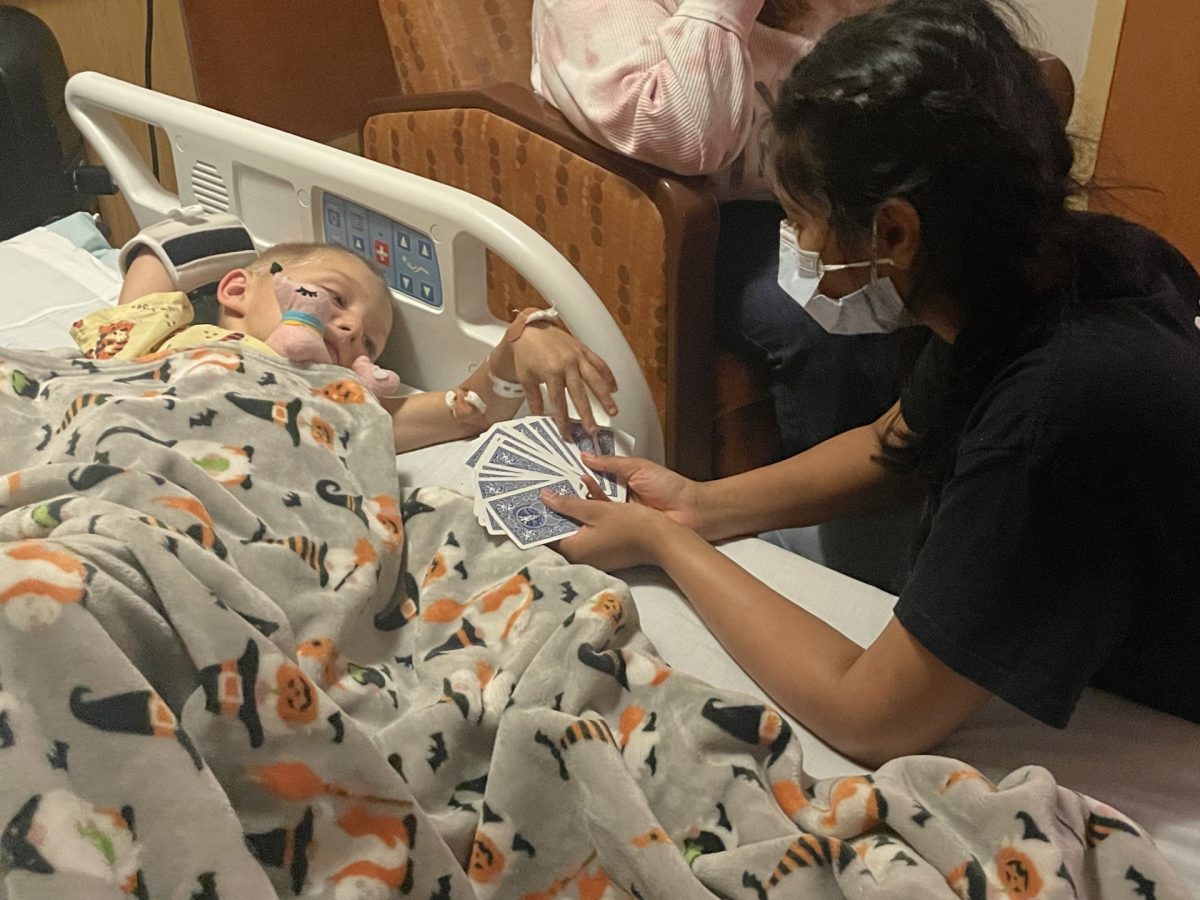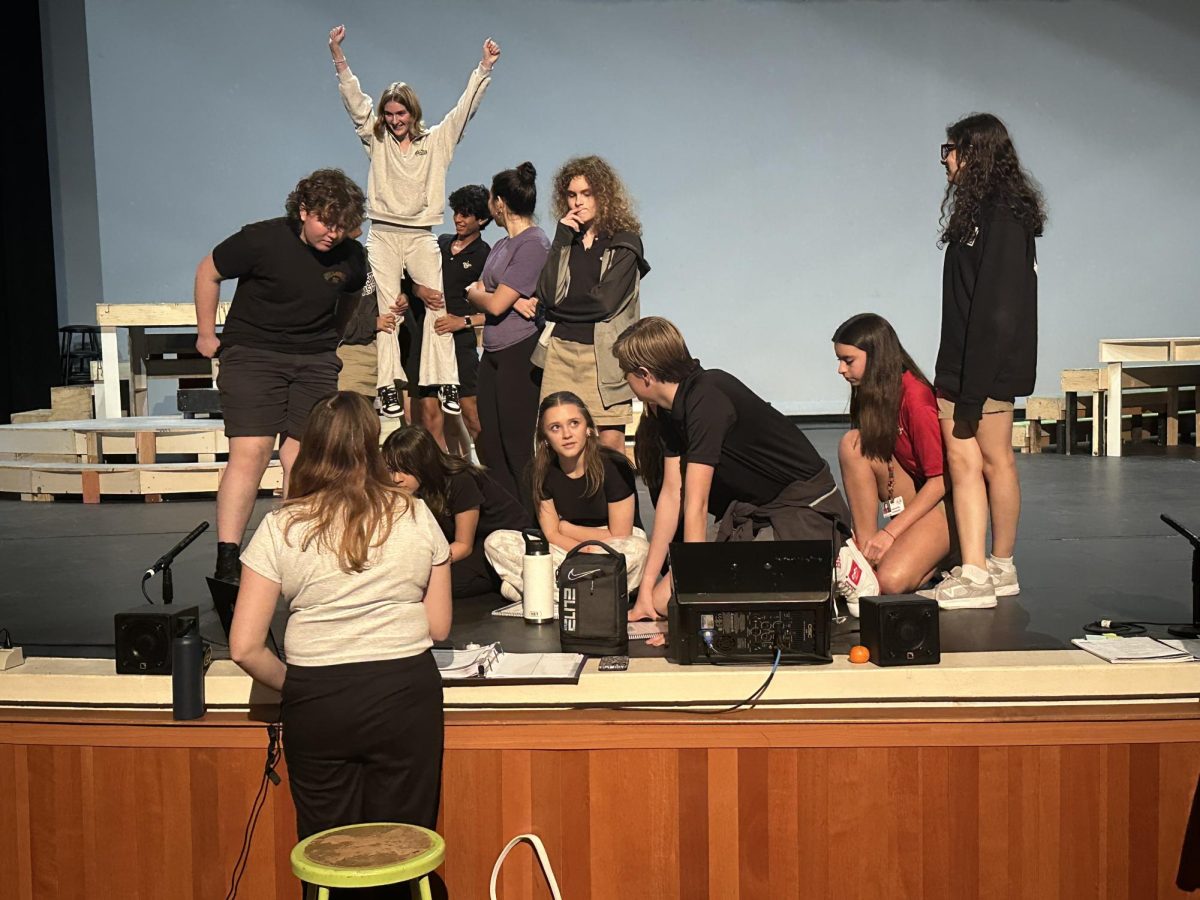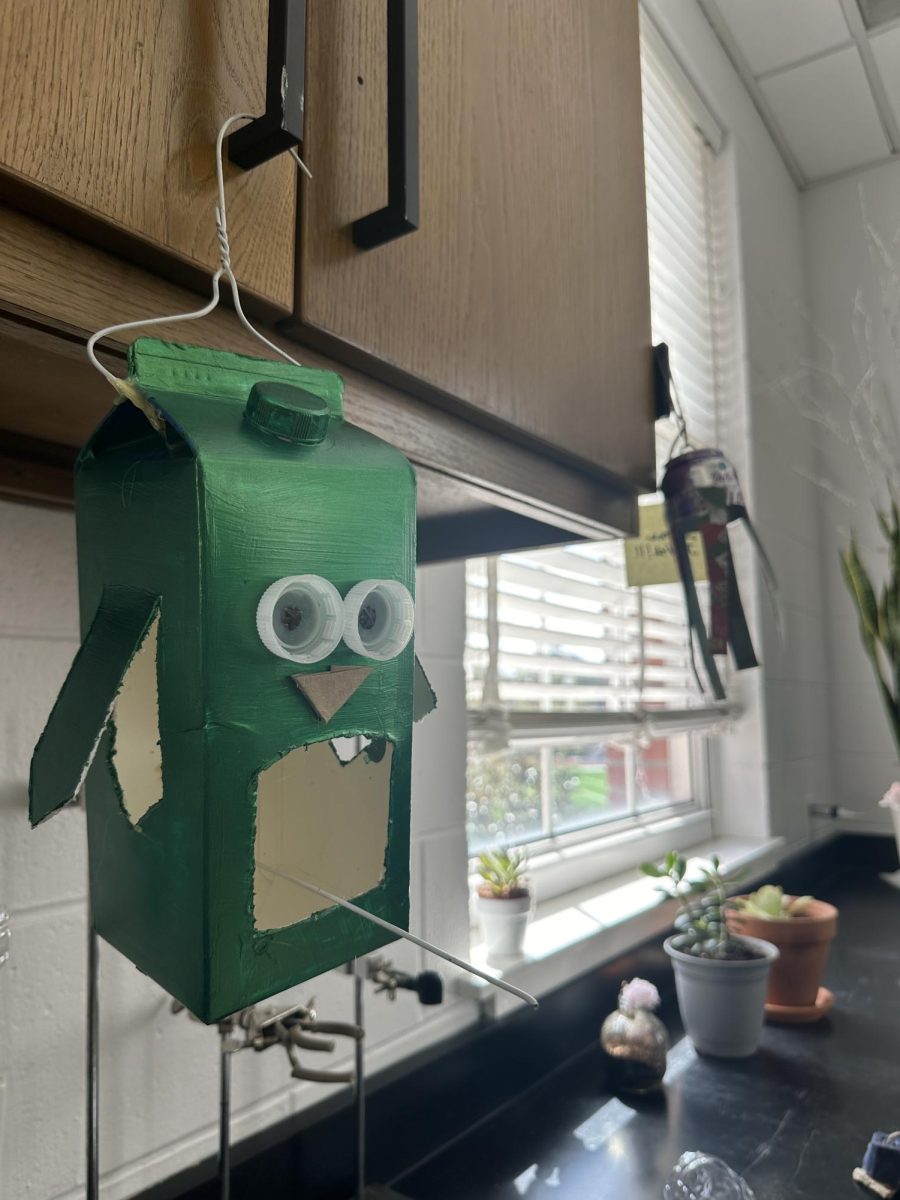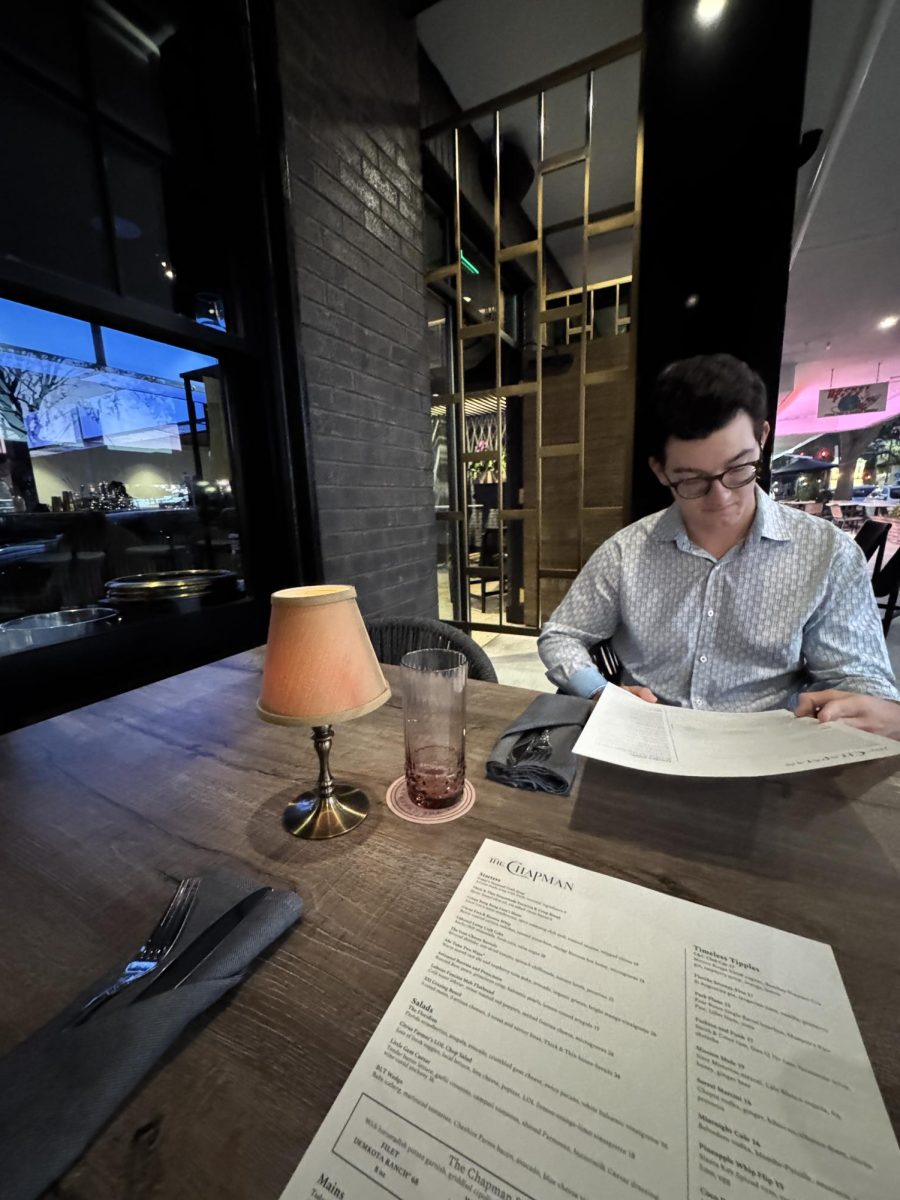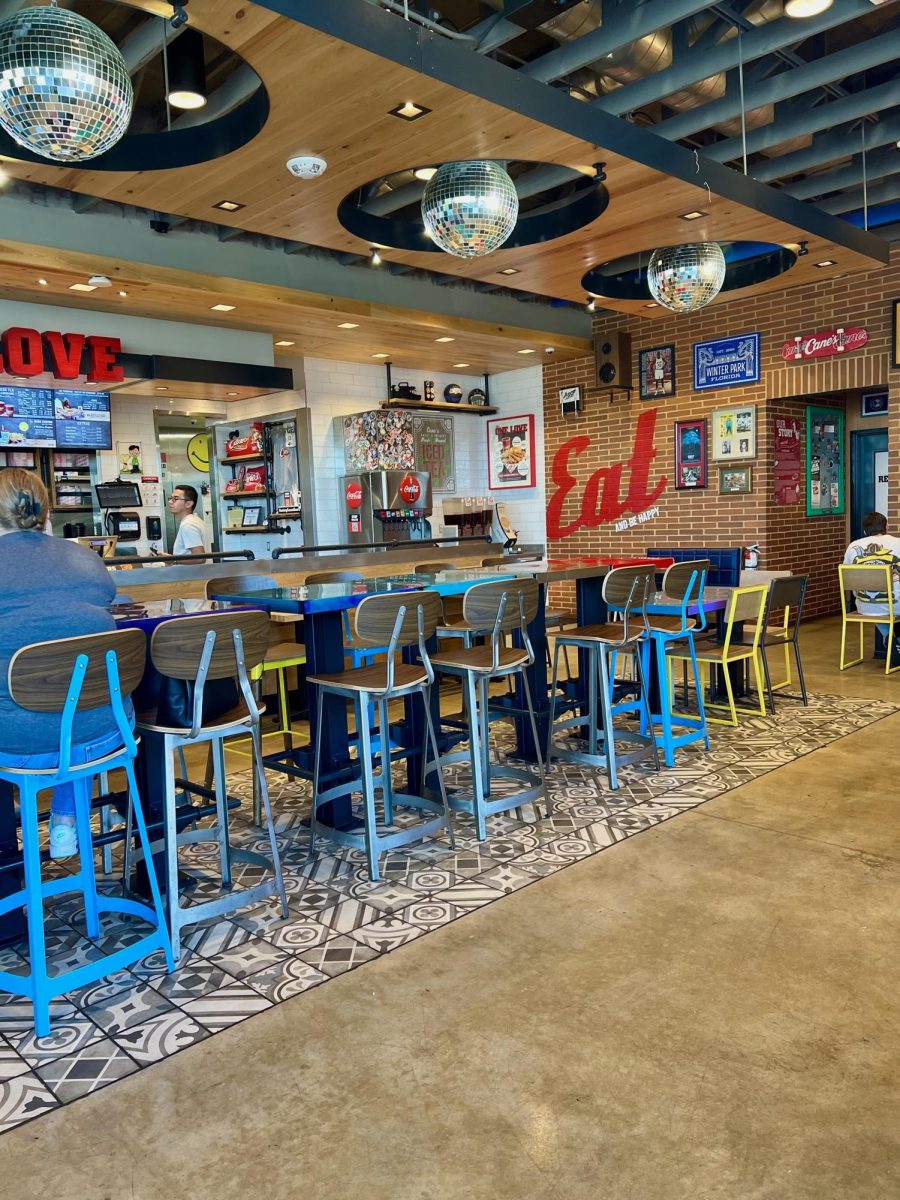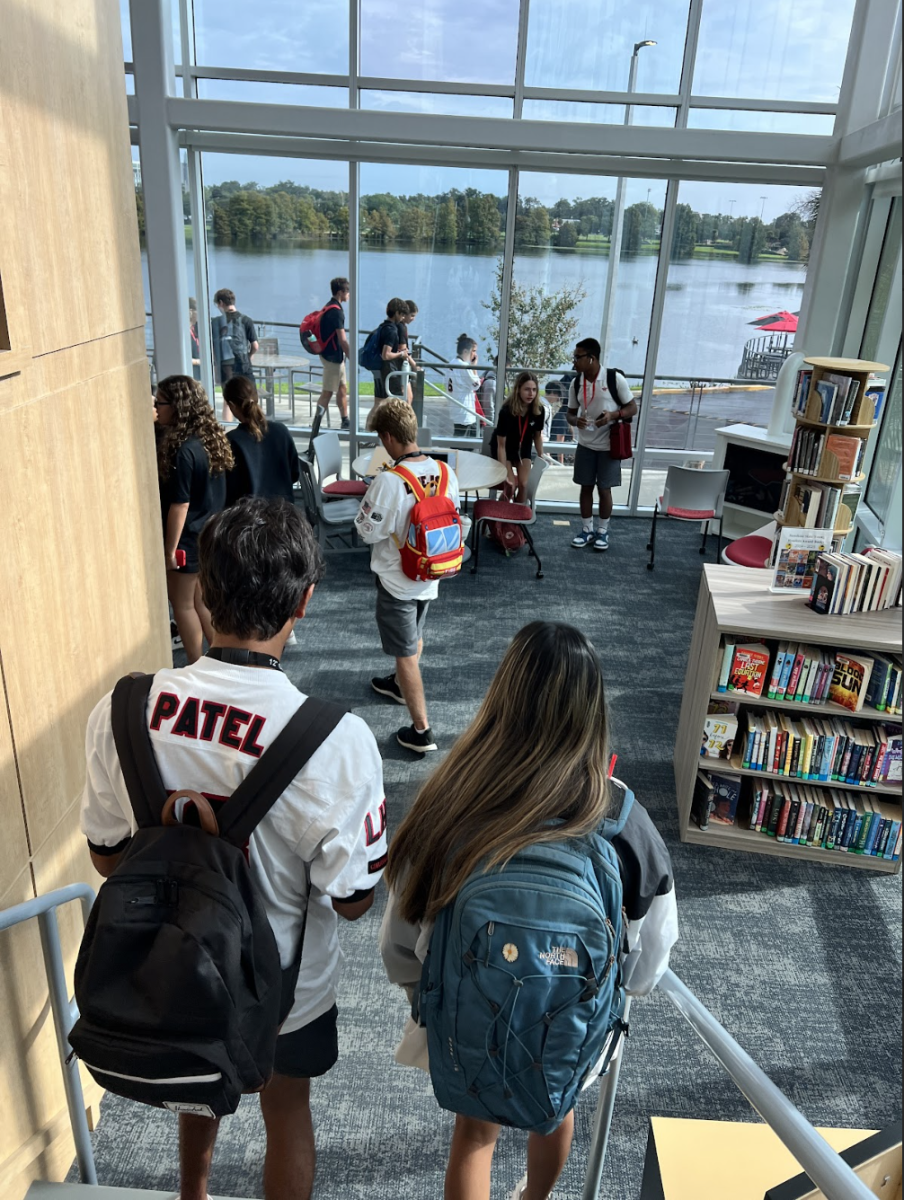In today’s world, new movies are being released almost every month. Each movie released quickly gains popularity over the previous ones, yet loses its popularity just as fast. When each of these movies reaches peak popularity, it is almost immediately replaced by a new, seemingly better film. It seems like this never-ending rinse-and-repeat cycle will never be broken, but it hasn’t always been this way. As a result of a lack of interest in the new movies being released, several adolescents, including myself, resort to watching movies that many see as some of “the classics.” These movies include Sixteen Candles, Pretty in Pink, The Breakfast Club, and 10 Things I Hate About You. Rather than wasting their time on movies that are only loved because they’re trending, teens choose to watch movies that have been loved for years. So, what is it that makes these movies so amazing?
Even though these movies are over 20 years old, they are no less loved than when they first came out. One thing that all of these movies have in common is that they are centered around the lives of high schoolers who are experiencing what many believe to be typical problems for their age. These issues range from emotional, to social, intellectual, and even familial. While many people believe that these movies are still so popular because of their extreme relatability, not everyone feels the same strong connections to these movies. Whether this lack of connection is because these movies seemingly don’t capture the realities of life as a high schooler today or simply because they aren’t appealing to everyone. There is no set answer for how relatable these movies are today.
Maitri Dalal, grade 9, stated that she, “[Doesn’t] think that any of those movies are an accurate depiction of a high schooler’s life because they don’t show the actual work or classes that are a major part of our lives every day. They just show the drama and countless relationships, which aren’t as common as people assume.” Many people share this opinion because these movies are centered solely around the social lives of the teens they follow. The increased pressure students are under to reach certain goals, like attending a good college, having near-perfect grades, and setting themselves up for a successful future, leaves some students with virtually no time for a balanced life.
Natalie Elbabaa, grade 9, shared a similar opinion when she said, “Students these days are far more affected by the media and mental health than they were back then.” It is undeniable that the world is a completely different place than it was during the time of these movies, with technology being one of the primary differences. While technology isn’t all good or all bad, it truly has revolutionized the world and completely changed the upbringing of children today. When these movies were filmed, there were no iPhones or social media platforms and, regardless of the various roles social media plays in the lives of different people, its presence affects everyone. Every day, kids, adolescents, and even adults are victims of the Internet because the edited and AI-generated images they are seeing make them see themselves in a negative light. While the void technology has created between the upbringing of teens back then and the upbringing of teens now is uncontrollable, there will always be a disconnect between teen experiences and the troubles teens face.
The reality of these movies is that they fall into the stereotype of what many people believe to be the signature American high school experience. The lack of focus on the real effort that goes into school, and the obsession with drama that they portray, makes them less and less relatable to teenagers as time goes on and the world continues to change as a whole. So, while these movies may be fun to watch and easy to relate to, the few “fantasy-like” aspects of high school, it is clear that most teens can only wish that their school lives were as carefree as those of the teens shown in these films.
